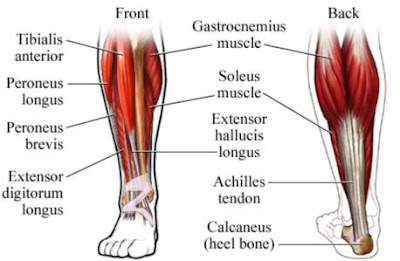The calf muscle lies on the back of the leg. Calf Muscles can be thinned out or pulled out by excessive exercise, overuse or straight leg. Stretching before exercising often helps prevent the calf muscles. The intensity of a tense or painful calf muscle can vary from mild to severe, but the symptoms are usually related to pain, weakness or sensitivity of the muscle. According to the Mayo Clinic, the treatment of irritated muscles includes rest, ice, compression and elevation.
Step 1
Let your leg rest. If you have a muscle calf muscle, avoid using muscle as much as possible. Take a few days off of effort or until your calf muscle is healed.
Step 2
Ice your calf muscle. Apply a cold package or ice bag to the Calf Muscle for 20 minutes every four hours. This will help reduce swelling.
Step 3
Wrap the calf muscle to provide support when needed. Use crutches or a stick for the very painful calf muscles to keep running and let the calf muscle rest.
Step 4
If necessary, take painkillers such as ibuprofen or paracetamol. Follow the instructions on the package.
Step 5
Use heat on the Calf Muscle after the swelling has shrunk. NYU's Langone Medical Center states that heat can be useful after returning to normal activity with calf muscle. Apply heat several times a day using a heating plate, especially before using muscles or shelves.
Step 6
Extend your calf muscle when acute pain is over. Sit down and relax your legs in front of you. Get up and touch the ground with your fingers. Do other stretching recommended by your doctor. Hold each piece for 10 seconds.
Things that you need
ice
bandage
Heating bottle
painkillers
It is recommended that you look at some useful information for you. Please Click Here.

















0 comments:
Post a Comment